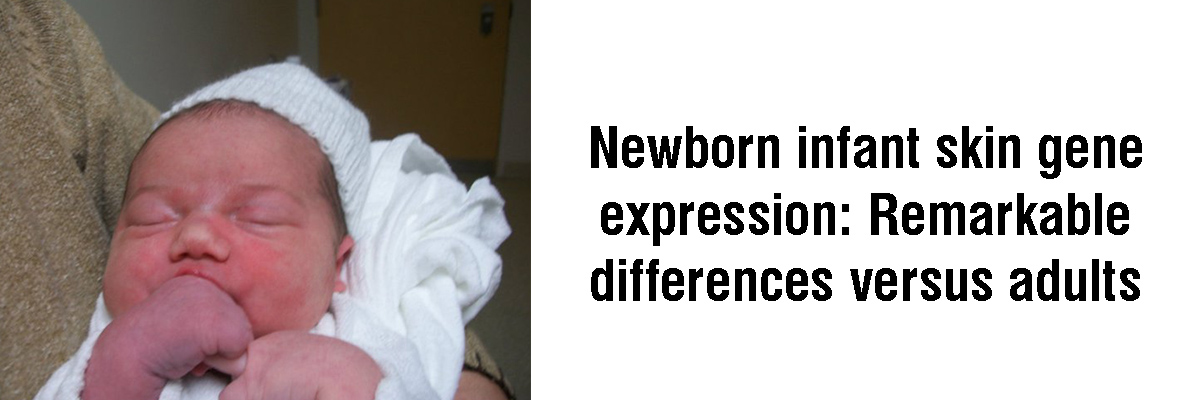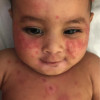
 IJCP Editorial Team
IJCP Editorial Team
Newborn infant skin gene expression: Remarkable differences versus adults
At birth, human infants are suspended to endure harsh, hostile conditions. Understanding the state of newborn skin development and maturation is crucial to maintaining health; optimize response to injury, healing and disease. A recent observational study gathered full-thickness newborn skin samples from 27 infants at surgery and compared them to skin samples from 43 adult sites protected from ultraviolet radiation exposure, as the standard for stable, mature skin. Transcriptomics profiling and gene set enrichment analysis was conducted. Statistical analysis based on more than 25,000 differentially regulated probe sets, symbolizing 10,647 distinct genes, in infant skin compared to adult skin.
Gene set enrichment analysis demonstrated a significant increase in 143 biological processes in infant skin, then adult skin samples, including extracellular matrix (ECM) organization, cell adhesion, collagen fibril organization and fatty acid metabolic process. Biological processes like ECM organization and ECM structure organization in infant skin showed the lowest adjusted P-value. Overexpression of Genes concerning epidermal development, immune function, cell differentiation, and hair cycle were seen in adults, designating 101 significantly enriched biological processes. The processes like skin and epidermal development, e.g., keratinocyte differentiation, keratinization and cornification intermediate filament cytoskeleton organization and hair cycle had the highest significant difference. Enriched Gene Ontology (GO) biological processes also included immune function, along with antigen processing and presentation. On comparing ultraviolet radiation-protected adult skin, these results furnish an essential understanding of infant skin and its proficiency to support the newborn’s preparedness to survive and flourish, despite the infant’s new environment burdened with microbes, high oxygen tension and potential irritants. This fundamental knowledge may guide strategies to protect and preserve the features of unperturbed, young skin.
Source: PLoS One. 2021; 16(10):e0258554. Published 2021 Oct 19. doi:10.1371/journal.pone.0258554

IJCP Editorial Team
Comprising seasoned professionals and experts from the medical field, the IJCP editorial team is dedicated to delivering timely and accurate content and thriving to provide attention-grabbing information for the readers. What sets them apart are their diverse expertise, spanning academia, research, and clinical practice, and their dedication to upholding the highest standards of quality and integrity. With a wealth of experience and a commitment to excellence, the IJCP editorial team strives to provide valuable perspectives, the latest trends, and in-depth analyses across various medical domains, all in a way that keeps you interested and engaged.




















Please login to comment on this article